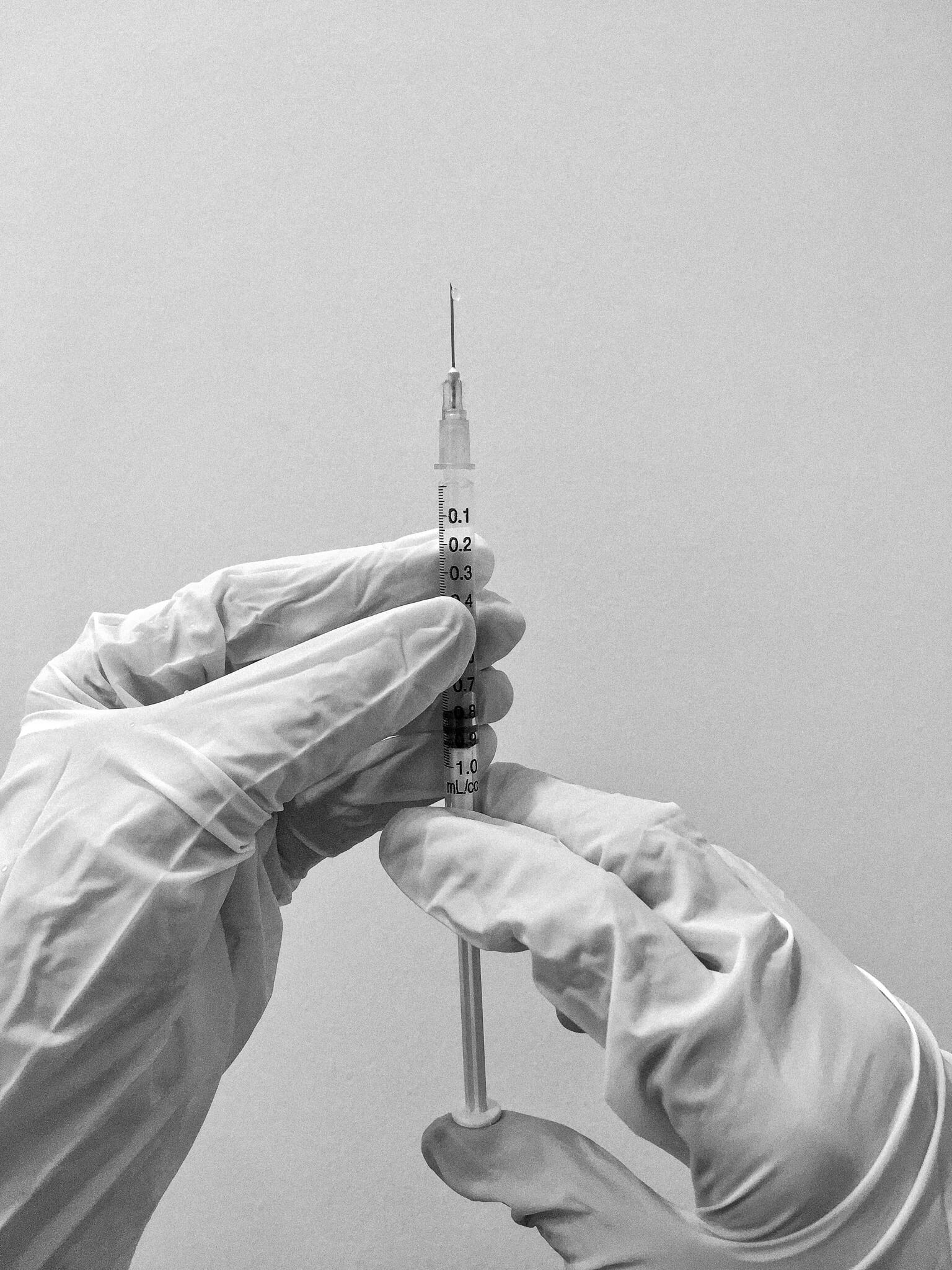aescend aesthetics
Stress, Skin and Overall Health

Stress is a powerful stimulant that can have detrimental effects on both our physical and psychological health. Ever notice how when you are stressed your heart rate increases, your mouth dries, and your skin breaks out. It has been associated with an increased risk of various diseases, including cardiovascular disease, epilepsy, multiple sclerosis, and neurodegeneration. Let’s dive into it…
The Impact of Stress on the Skin:
When we experience stress, our body releases hormones like cortisol, adrenaline, prolactin, and Substance P, which can negatively affect our skin. Recent research suggests that the skin is both a perceiver and target of stress. It can suppress the immune system, increase melanocyte activity, cause inflammation, reduce turnover of new dermal cells, terminate hair production, increase sebum production, and promote the growth of virulent skin microbiota. Together, these symptoms can lead to various skin conditions, such as psoriasis, acne, and atopic dermatitis. Moreover, consistent stress can lead to skin aging effects, including drying, wrinkling, dehydration, inflammation, poor wound healing, thinning, and the formation of pigmented lesions.
Systemic Effects of Stress:
Consistent stress can have horrendous systemic effects, including migration of allergen-sensitizing cells, increased susceptibility to cancerous lesions, DNA damage, depletion of vitamin E, collagen, and elastin. It’s essential to understand that stress has a significant impact on our skin and can contribute to various skin conditions and aging effects.
At the End of the Day:
Taking a minute to chill and find your happy place can significantly impact your physical and psychological health. It’s crucial to take care of your skin by managing stress levels. If you’re feeling overwhelmed, consider visiting your GP or booking a consultation with an Aescend artisan for a referral. For a more comprehensive review of this subject, check out the following free journal article: https://www.ncbi.nlm.nih.gov/pmc/articles/PMC4082169/



